Matilda Kschessinska Mansion in St Petersburg
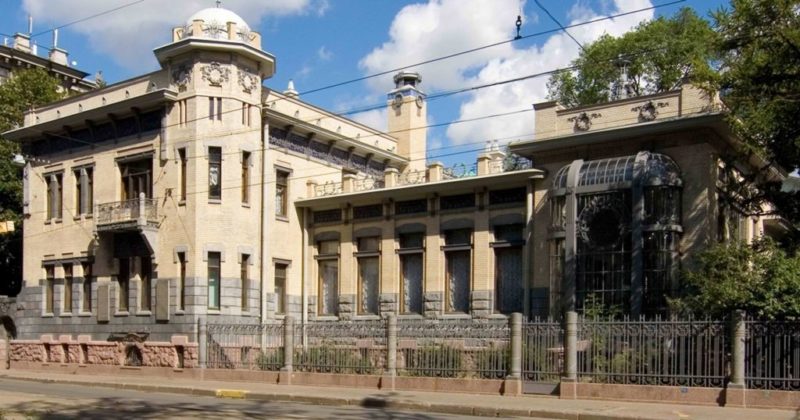
The State Museum of the Political History of Russia is one of the best and most interesting museums in St. Petersburg. Many come here for the first time to visit the famous mansion Kshesinskaya, which houses the museum. And then, they come back again to exhibitions, meetings, lectures, each time finding something new for the mind and heart …
The museum’s birthday is considered to be on October 9, 1919, when the State Museum of Revolution was created by the decision of the Petrograd Soviet. The museum dedicated to the main event of the epoch was placed in the most significant place - in the Winter Palace/Zimny Dvorets, where it was located for more than a quarter of a century.
In the history of the museum there are important dates when it came to its very existence, but being on the edge and beyond survival - the museum every time was revived anew.

The first post-war years turned out to be the most dramatic for the museum. The Winter Palace/Zimny Dvorets was completely relegated to the Hermitage, a company of soldiers urgently packed the entire collection of the Museum of the Revolution into boxes and transported for storage in the Peter and Paul Fortress/Petropavlovskaya Krepost and the Marble Palace\Mramorny Dvorets.
During this period, events occur, at the same time sad and paradoxical: collections that were so hard preserved during the years of the Stalinist purges and under the blockade bombing are destroyed. According to the testimony of museum veterans who were young employees in those years, fires were burning in the courtyard of Petropavlovka, which resembled the times of the Inquisition or the Hitler coup. According to the remaining records, for ideological reasons, more than 93 thousand exhibits were burned, which were marked with the heading "It is allowed to destroy." The museum turns from a historical-political into a museum of one party of the CPSU and one event - the October revolution of 1917.
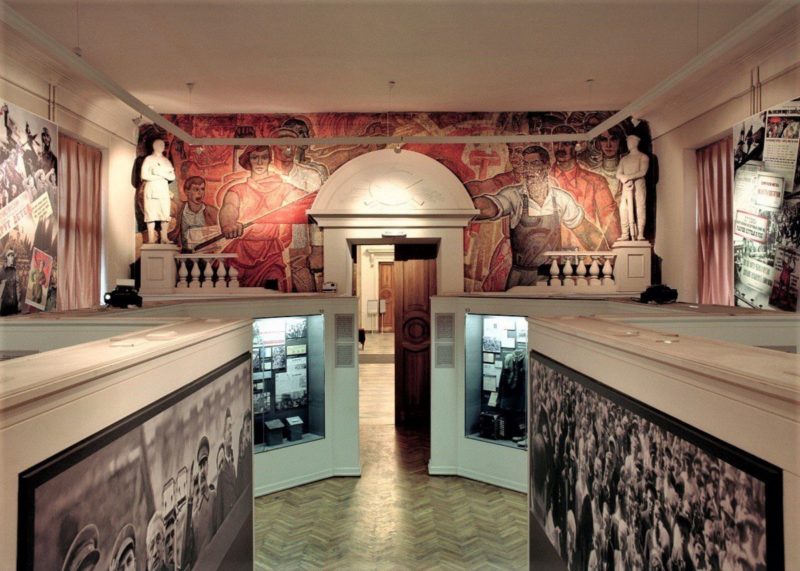
With the onset of the Khrushchev thaw, the revival of the museum is connected, but after ten years of oblivion this was so incredible that it gave rise to a number of anecdotes and funny stories.
In December 1954, a decision was made to transfer two buildings to the museum (the houses of Kshesinskaya and Brandt), and on November 5, 1957 its rebirth took place - the museum called the State Museum of the Great October Socialist Revolution opened its doors to visitors.
In subsequent years, the museum loses its independence and becomes a branch of the Moscow Museum of the Revolution.
The museum is obliged by its third birth to the changes that took place in the country during the restructuring, the bold initiative of the leadership and the dedicated work of the whole team. In August 1991, literally one week before the putsch of the Emergency Committee, the Ministry of Culture gave the museum an independent status and a new name - the State Museum of Political History of Russia. The first exhibition in the new quality was called “Democracy or dictatorship? Political parties and power in Russia from autocracy to perestroika. ”
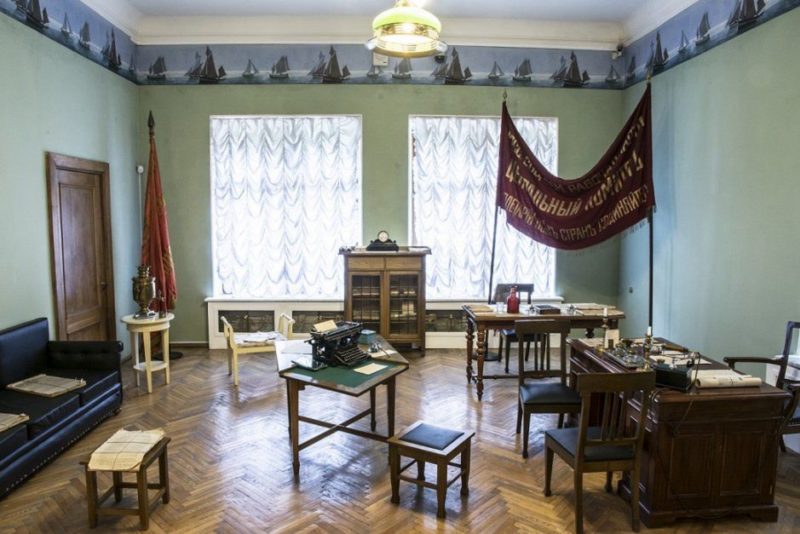
After the February Revolution of 1917, the Bolsheviks settled in the Kshesinskaya mansion, the headquarters of VI Lenin were located here, he made his fiery speeches from the balcony, and his famous April Theses were heard in the White Hall/Bely Zal for the first time. Brant’s house was occupied by sailors guarding the Bolshevik headquarters from the junkers of the Provisional Government.
In the Soviet years, various institutions were housed in these buildings; there lived M. I. Kalinin and G. Ye. Zinoviev; there was a children's boarding school; since 1938, the museum of S. M. Kirov was located in the Kshesinskaya mansion.
The reconstruction of 1957 connected both mansions designed by architect N. N. Nadezhin. The office of V.I. Lenin and the room of the Secretariat of the Central Committee of the RSDLP (B) have been restored to the same place and look the same as 100 years ago. The interiors of the main suite of the first floor were recreated, giving an idea of the magnificence of the apartments of his first hostess.
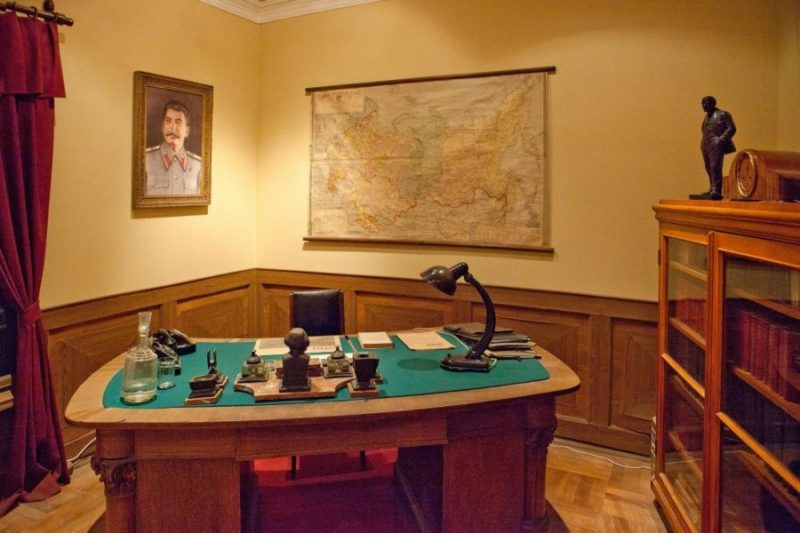
A small part of the exposition and thematic excursion “Fouette of Fate” are devoted to the life of Kshesinskoy in this house, but, of course, the main permanent exhibits: “Man and power in Russia in the XIX - XXI centuries” and “Soviet era: between utopia and reality” correspond to the purpose of the museum, and tell about the political history of Russia, as well as immersed in the atmosphere of those years.
Moving from one hall to another, from epoch to epoch, one can trace the entire history of the transformation of the state and the changes in the country's political system.
The materials of the exhibitions tell how the socio-political movement in Russia was born and developed, and revolutionary and democratic parties were formed. Many interesting things will tell the exposition and the fate of prominent historical figures.
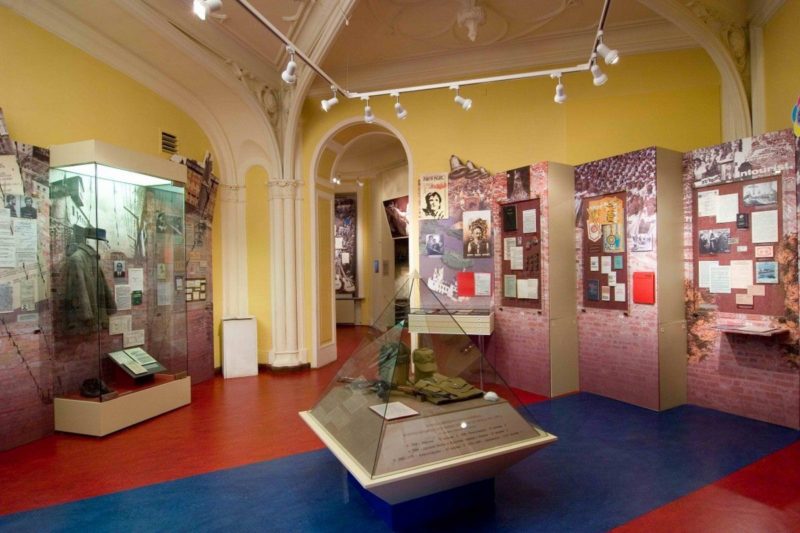
Almost all political forces of modern Russia of the 21st century at the federal and regional levels are represented here. This unique, in terms of breadth of coverage, the meeting reveals the activities of the leaders of various parties, members of the State Duma and the Russian parliament.
Exhibitions are selected by subject, the information is presented in a convenient form for perception, complemented by appropriate music.
The museum’s collections contain almost half a million exhibits, and they are constantly updated with new materials donated and collected on scientific expeditions.
The funds of the museum store photographs, objects of fine art, life and clothing of statesmen, banners and awards, party documents and much more.
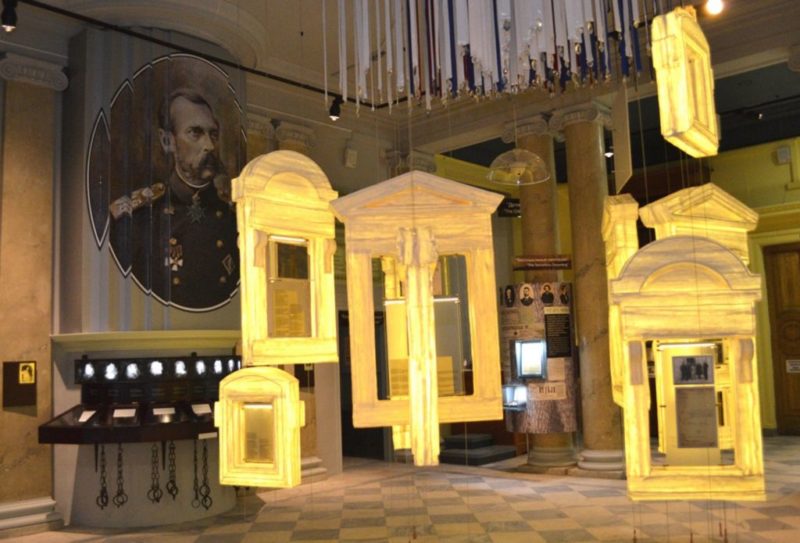
Of particular value are the documentary monuments of long-gone events, which captured the legislative activity of Catherine the Great, the reformist policies of Alexander II, the reforms of P. A. Stolypin and S. Y. Witte, evidence of three Russian revolutions.
Having a huge amount of genuine historical materials, the creative team of the museum skillfully uses modern technology and immerses visitors in an atmosphere of significant events for the state.
To learn more about Petersburg history and current life, book a guided tour- Russian Political History.